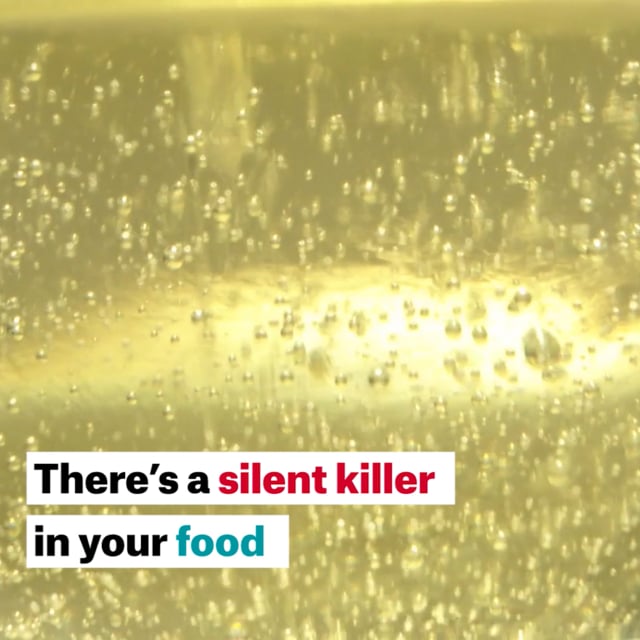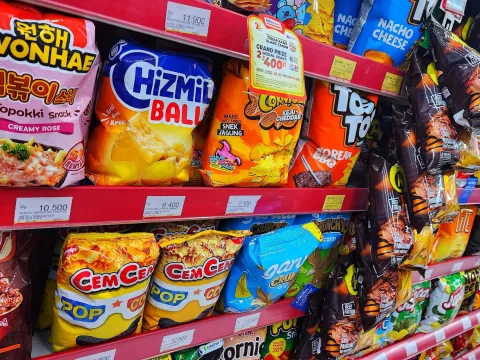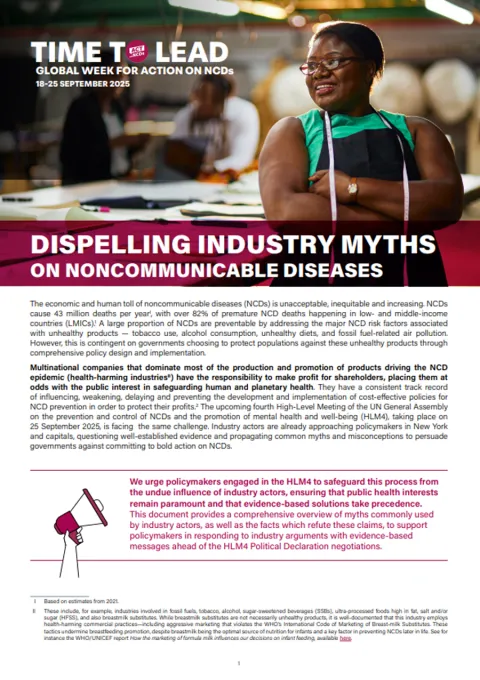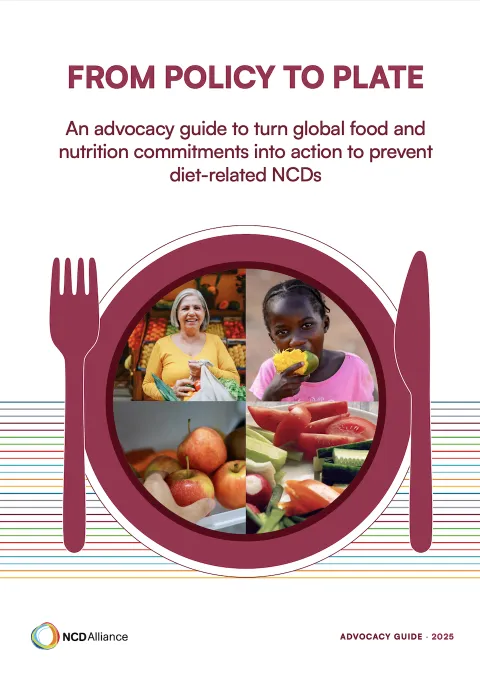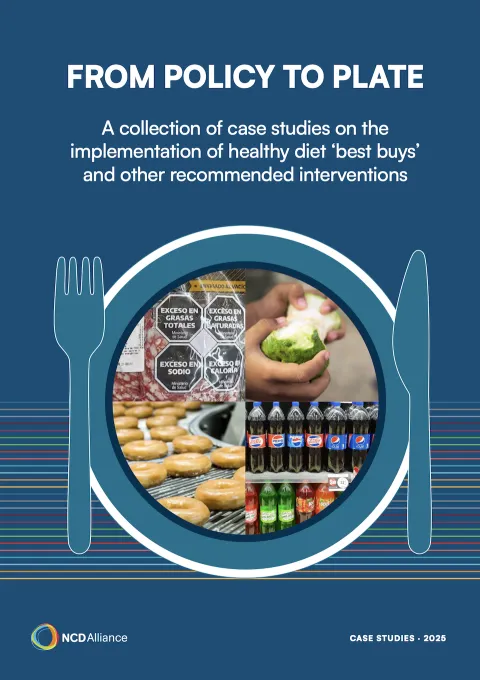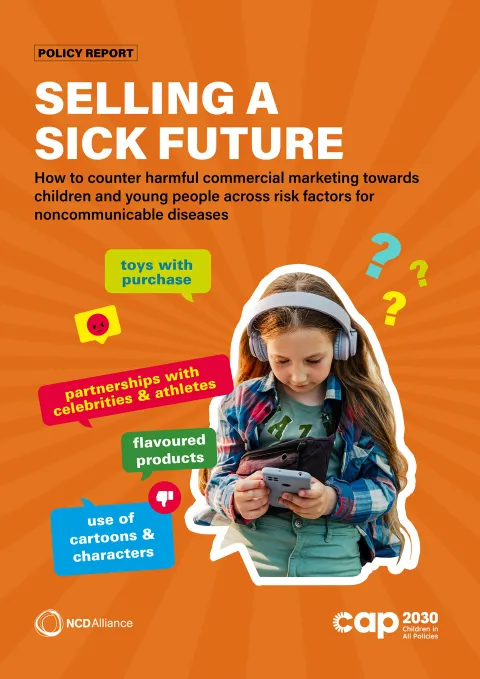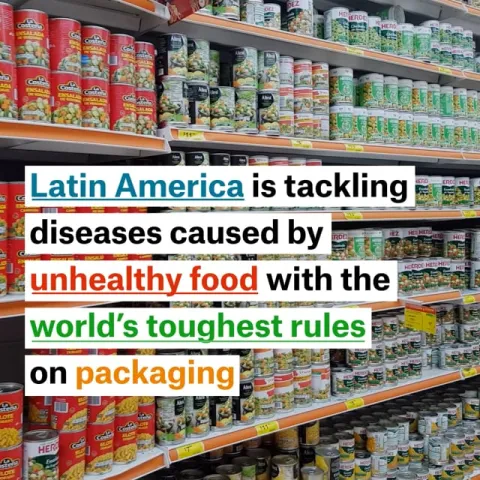Policies to reduce industrially-produced trans fats
It is estimated that iTFA elimination in all countries around the world could save 17 million lives by 2040. That is why, to facilitate the removal of iTFA from the global food supply by 2023, WHO launched the REPLACE initiative in 2018. REPLACE is the first global initiative that aims to eliminate an NCD risk factor.
In September 2020, WHO announced a certification scheme to recognise countries that achieve the elimination of iTFA, similar to their certification schemes for polio and smallpox eradication.
iTFA elimination is also a priority target of WHO’s Strategic Plan 2019-2023 and is deemed by WHO to be a cost-effective and feasible intervention (a so-called ‘best buy’), recommended for implementation in all countries to prevent noncommunicable diseases.
The WHO’s two best-practice policies for TFA elimination are:
- A mandatory national limit of 2 g of industrially produced TFA per 100 g of total fat in all foods; and
- A mandatory national ban on the production or use of partially hydrogenated oil as an ingredient in all foods.
As of January 2022, mandatory iTFA policies are currently in effect for 4.6 billion people in 58 countries; of these, 41 countries have best-practice policies in effect, covering 2.8 billion people (nearly 40% of the global population).
Such interventions are one of the reasons high-income countries have managed to reduce CVD deaths by more than 25% since 2000. Conversely, low- and middle-income countries (LMICs) bear up to 90% of the global CVD burden, underscoring the need for iTFA elimination strategies globally.
In addition, iTFA elimination policies reduce health inequalities, as communities of lower socio-economic status tend to consume higher amounts of iTFA. Disparities in protection from iTFA also persist. Most laws and regulations have been adopted in high-income or upper-middle-income countries in Europe and the Americas. As of 2021, no low- or lower- middle-income country had implemented a best practice policy to date, resulting in geographic and socio-economic inequalities.
However, India marked a change by implementing a best practice policy in January 2022 and protecting an additional 1.4 billion people. The prevention of death and disease attributable to iTFA consumption lessens the burden on health systems as well. Using these population-wide primary prevention strategies in the COVID-19 response will serve as a stepping stone to tackle the world’s biggest killer, CVD, and many other chronic conditions; support economic recovery from the pandemic; and increase health security by making future generations more resilient to infectious diseases.

